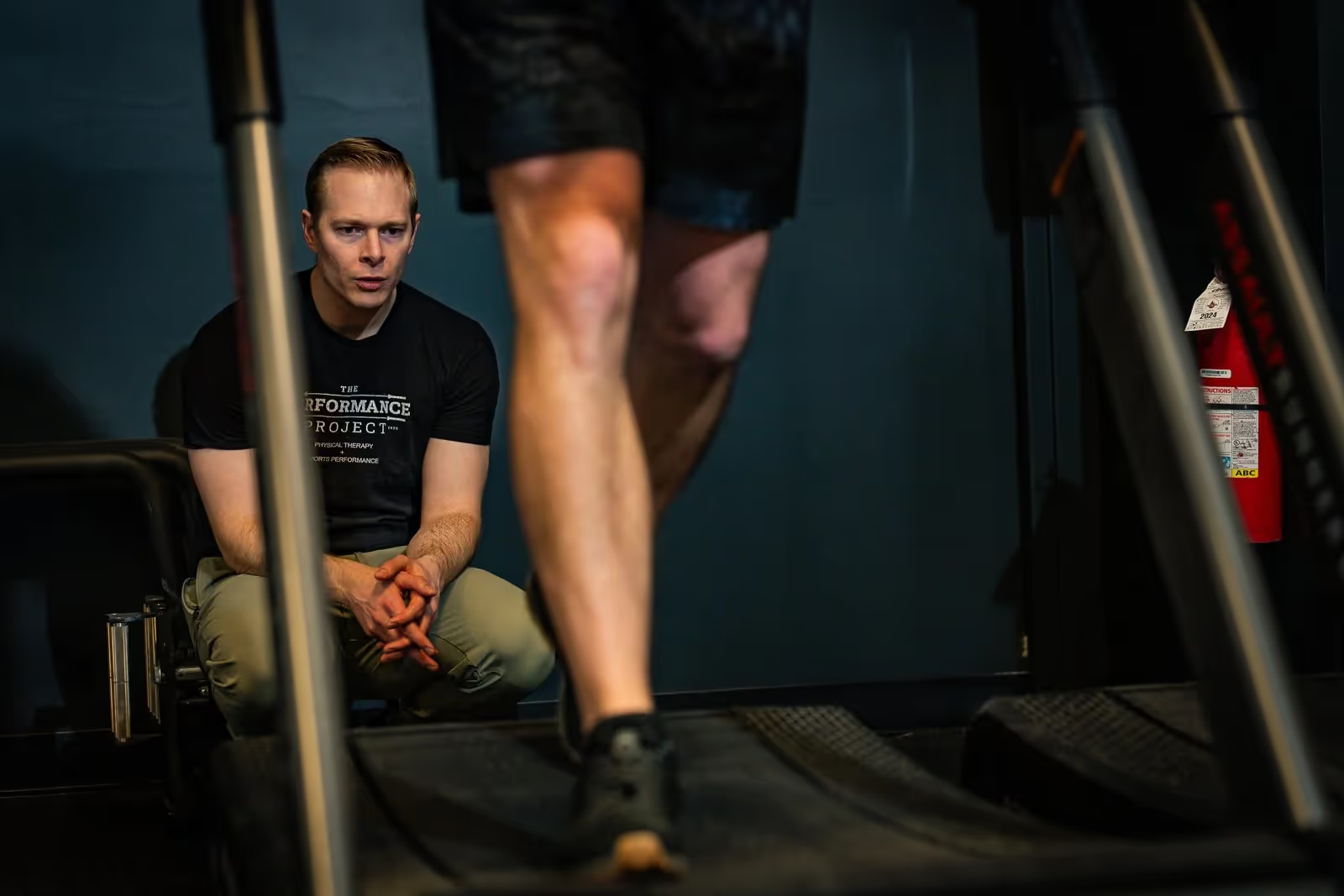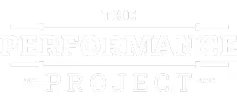gait analysis is a detailed evaluation of how your body moves when you walk or run. It goes beyond just watching your feet hit the ground—clinicians assess joint angles, stride patterns, muscle activation, and alignment to get a full picture of your movement mechanics. This kind of analysis helps identify inefficiencies, imbalances, or compensations that may be affecting your performance or increasing your risk of injury.
READ: The Ultimate Guide to Running Gait Analysis: What It Is, How It Works, and Why It Matters
Understanding how you move is the foundation of effective training and injury prevention. Subtle issues like overpronation, pelvic drop, or uneven stride length can lead to stress on the knees, hips, or lower back over time. A gait analysis gives you the clarity to address these issues before they become chronic problems. It’s not about changing your gait for the sake of it—it’s about optimizing it for the way your body moves best.

How Dry Needling at The Performance Project Supports Active Lifestyles in South Denver
Other indicators include uneven wear on your shoes, a noticeable asymmetry in your stride, or feeling “off” or unbalanced while running or walking. Runners who frequently change shoes, increase mileage, or transition to a new surface may also notice performance plateaus or tightness creeping in—another reason to check in on movement patterns.
A gait assessment can catch these issues early, offering insights that lead to meaningful adjustments in form, footwear, or training structure. It's not just for fixing problems—it's for preventing them.
Who Really Needs a Gait Analysis? (It’s Not Just Runners)
While runners are the most common candidates for gait analysis, they’re far from the only ones who can benefit. Walkers, hikers, and even everyday active individuals who spend a lot of time on their feet can uncover valuable insights through a gait evaluation. Anyone recovering from a lower-body injury—like an ankle sprain, knee surgery, or hip strain—should consider a gait assessment to ensure their mechanics haven’t shifted during recovery.
Athletes in field sports, recreational pickleball players, and those returning to fitness after time off may also benefit. Even small changes in footwear, training intensity, or aging can impact how your body moves. A gait analysis can help you adapt intentionally, rather than waiting for a problem to arise.
In short, if you're moving regularly and want to keep doing it pain-free and efficiently, a gait analysis isn’t just helpful—it’s smart preventative care.
READ: Why Runners in South Denver Are Turning to Dry Needling for Injury Prevention
How Gait Analysis Improves Performance and Prevents Injury
When your movement patterns are efficient, your body can perform better with less strain. Gait analysis helps uncover the small inefficiencies—like a late toe-off, a dropped hip, or uneven stride length—that waste energy and put stress on joints. Once identified, these patterns can be corrected with targeted exercises, mobility work, and changes in running or walking mechanics.
For runners, this can translate to better pacing, fewer overuse injuries, and smoother transitions during training blocks or race prep. For walkers or those recovering from injury, correcting gait dysfunction can reduce chronic pain, improve balance, and support a faster, more complete recovery.
Perhaps most importantly, gait analysis empowers you with knowledge. Instead of blindly following generalized advice or programs, you get target="_blank"> Performance Project PT in Centennial, gait analysis is more than a service—it’s part of a personalized approach to helping clients move better, feel better, and perform at their best. Whether you’re an avid runner, a recreational walker, or someone recovering from a lower-body injury, the team takes time to evaluate your movement in detail and build a plan around your unique needs.
Using expert observation and advanced movement assessments, they identify what’s working, what’s not, and how to correct it. From form coaching and strength training to mobility and recovery work, everything is designed to support long-term, sustainable improvement.
If you’ve been dealing with nagging pain, performance plateaus, or just want to move more confidently, a gait analysis at Performance Project PT is a smart first step.
